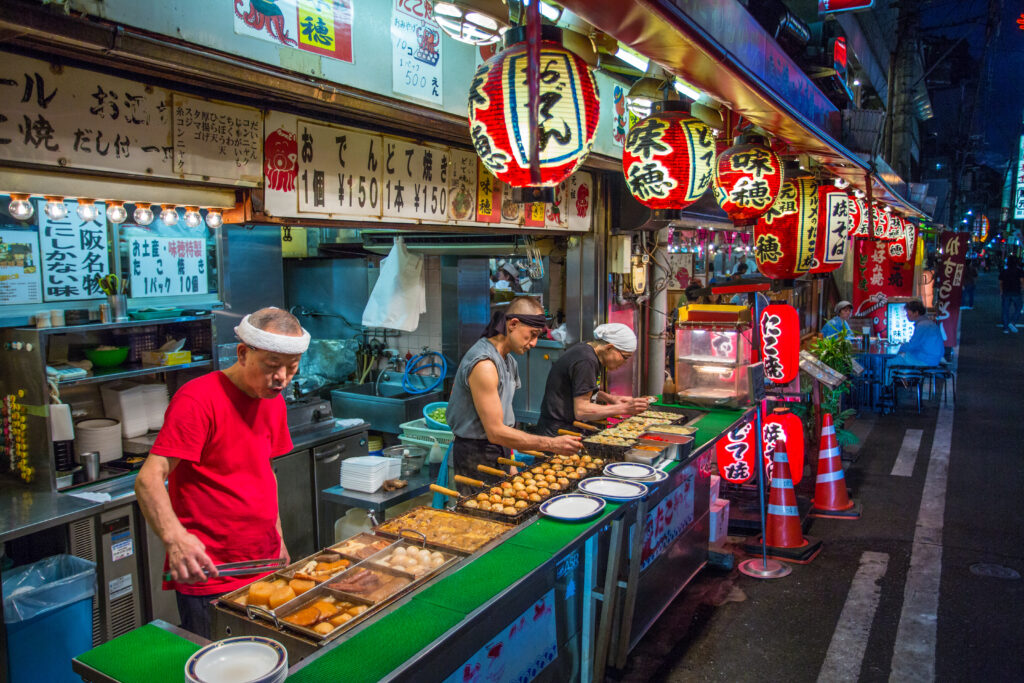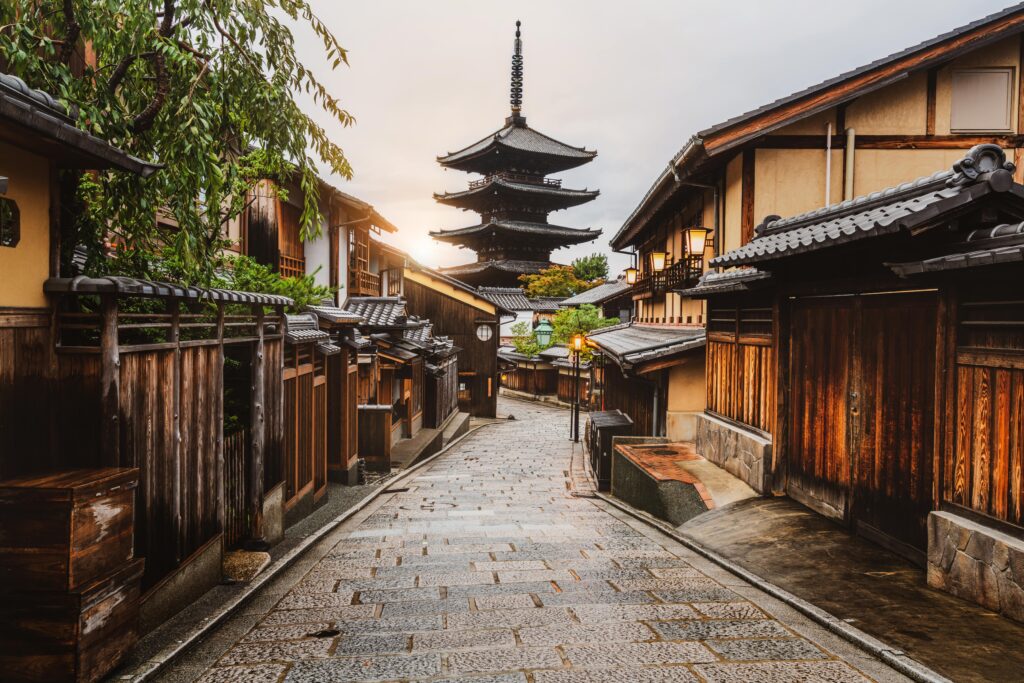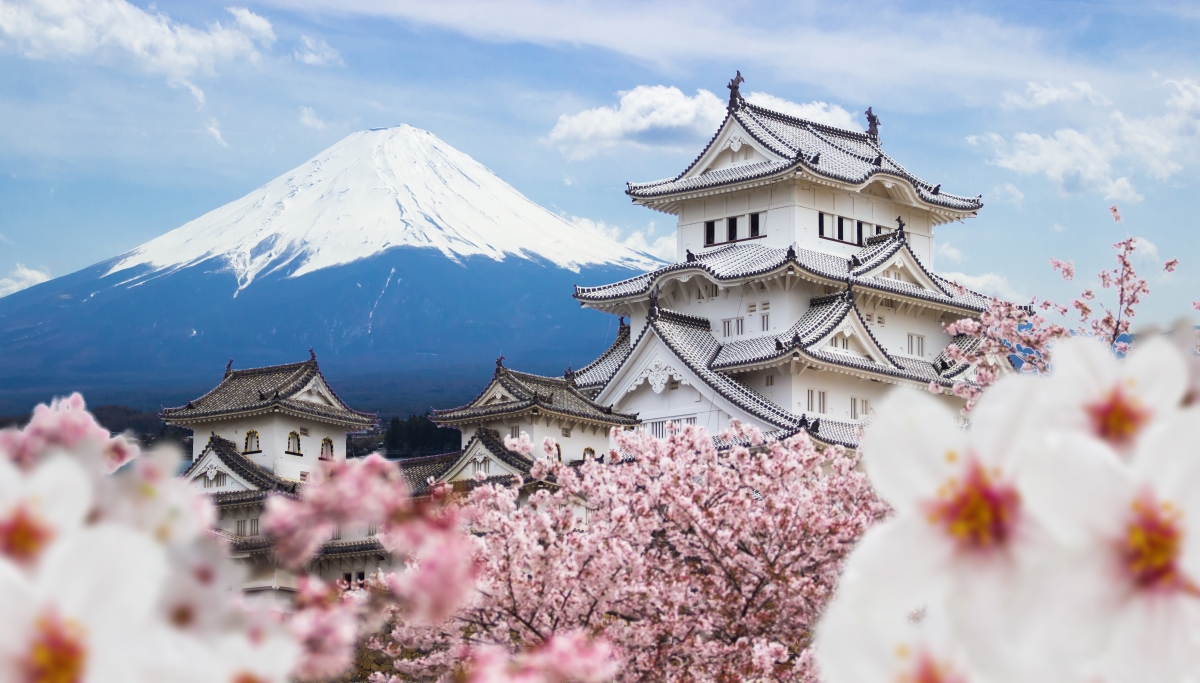Japan may be one of the most progressive countries in the world, but its society remains deeply rooted in its centuries’ worth of richly preserved culture and traditions. Elevate your travel experience the first or next time you visit the Land of the Rising Sun as you keep in mind the following Japan etiquette and customs.
Food etiquette

Japanese cuisine is a haven for foodie lovers. From Michelin-star restaurants to cheap street eats of endless sushi, ramen, and yakitori bars, all dishes exude flavors and ingredients that are carefully balanced to bring out the best in each other. And for you to truly enjoy this gastronomic experience, here are some big food etiquettes to remember:
- Important phrase: Japanese dining etiquette is a reflection of their extreme appreciation for their fellow people and the surrounding environment. They use gratitude expressions before and after eating a meal – termed “itadakimasu” and “gochiso sama deshita,” respectively – as a humble acknowledgment of the sacrifices and preparation contributed to a meal.
- Sushi and noodles: Sushi and noodles are staples of Japanese cuisine, and their distinct high level of preparation requires particular steps and ways to eat them. For sushi, they can be eaten in two ways: with chopsticks or with your hands. When using the sauce, remember that (1) the rice portion shouldn’t be dipped directly in soy sauce but rather the fish on top; and (2) wasabi shouldn’t be mixed directly into the soy sauce but rather lightly dabbed on the fish on top. Meanwhile, Japanese noodles (be it ramen, udon, or soba) are highly encouraged to be eaten using chopsticks and, believe it or not, with a hint of slurping! Don’t patronize locals and tourists slurping their noodles because the act is considered a compliment to the chef. So, go ahead and enjoy slurping to your heart’s content, but just don’t go overboard about it.
Street etiquette

Roaming local streets is one of the best ways to master the art of blending with the locals. Here are key reminders that will enable you to act and interact like locals when you travel Japan:
- Don’t eat while walking: With respect to Japanese’s gratitude expressions over a meal, it’s discouraged for people to eat while walking. Instead, fusing these two activities shows that you couldn’t appreciate the food that was prepared for you and what you’re about to put inside your body.
- No littering: Cleanliness is one of Japan’s most admired and distinguished qualities. From locals’ wabi-sabi aesthetics to immaculate public transportation, it’s quite evident that the best manner to respect this practice is for you to hold on to your rubbish while walking on the streets and visiting establishments.
Local interaction

Japanese’s significant values of gratitude and cleanliness are just a few of their highly reputable social etiquette and manners. Their public conduct is held in high regard and here are the main points you ought to abide by:
- Bow: Direct and simple greetings would suffice your public display of affection to Japanese locals. Instead of kisses, hugs, handshakes, and other forms of bodily contact, a polite bow indicates your respect for their level of intimacy.
- Refrain from talking too much or butting other people: While it’s perfectly fine to radiate excitement when engaging with locals, it’s frowned upon when you often interrupt them when speaking. Instead, show respect by giving time before responding as well as maintaining modesty in public.
Check NeedThat to stay ahead of what’s hot and not in the consumer industry. We provide product reviews, comparisons, guides, and small business discoveries.




